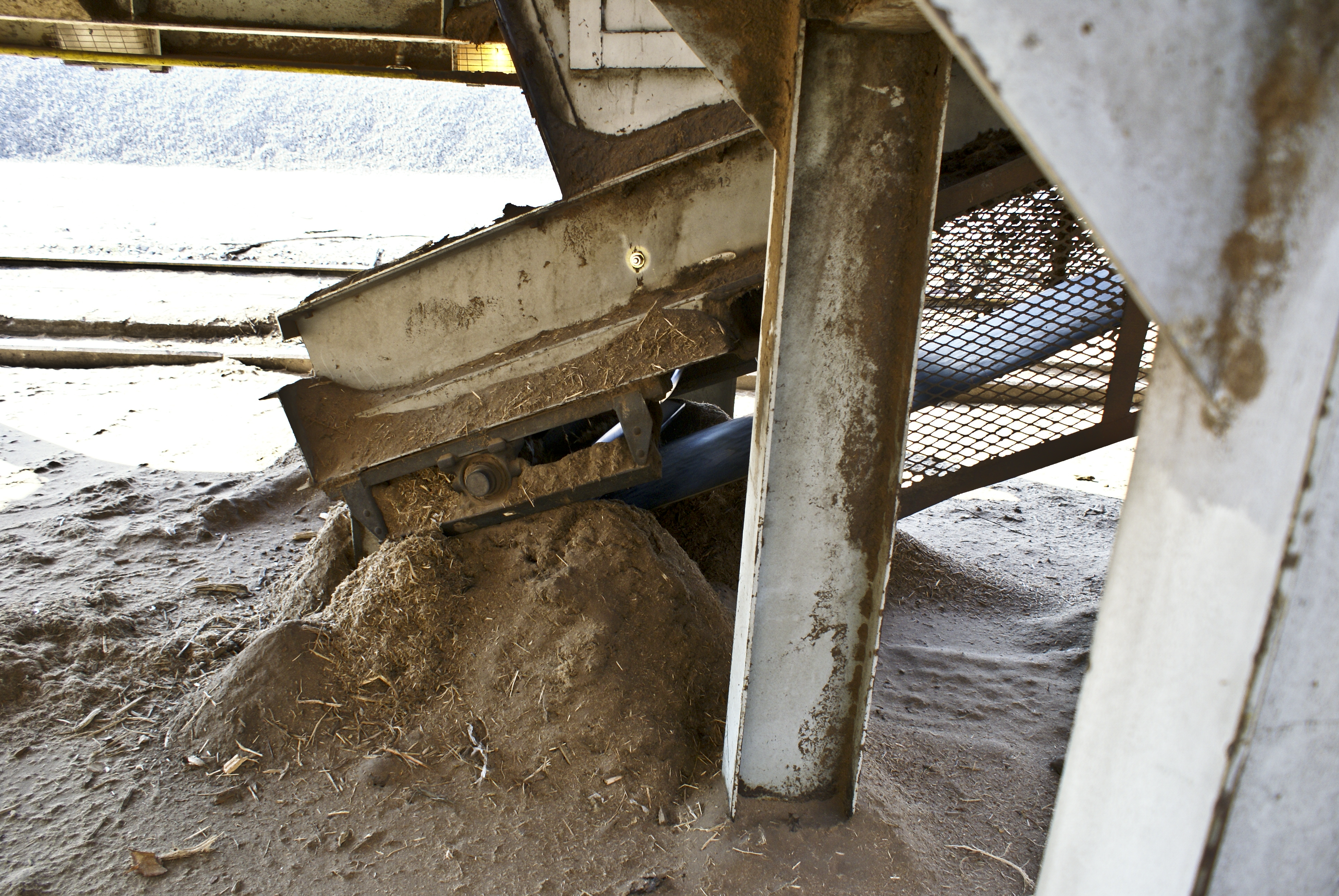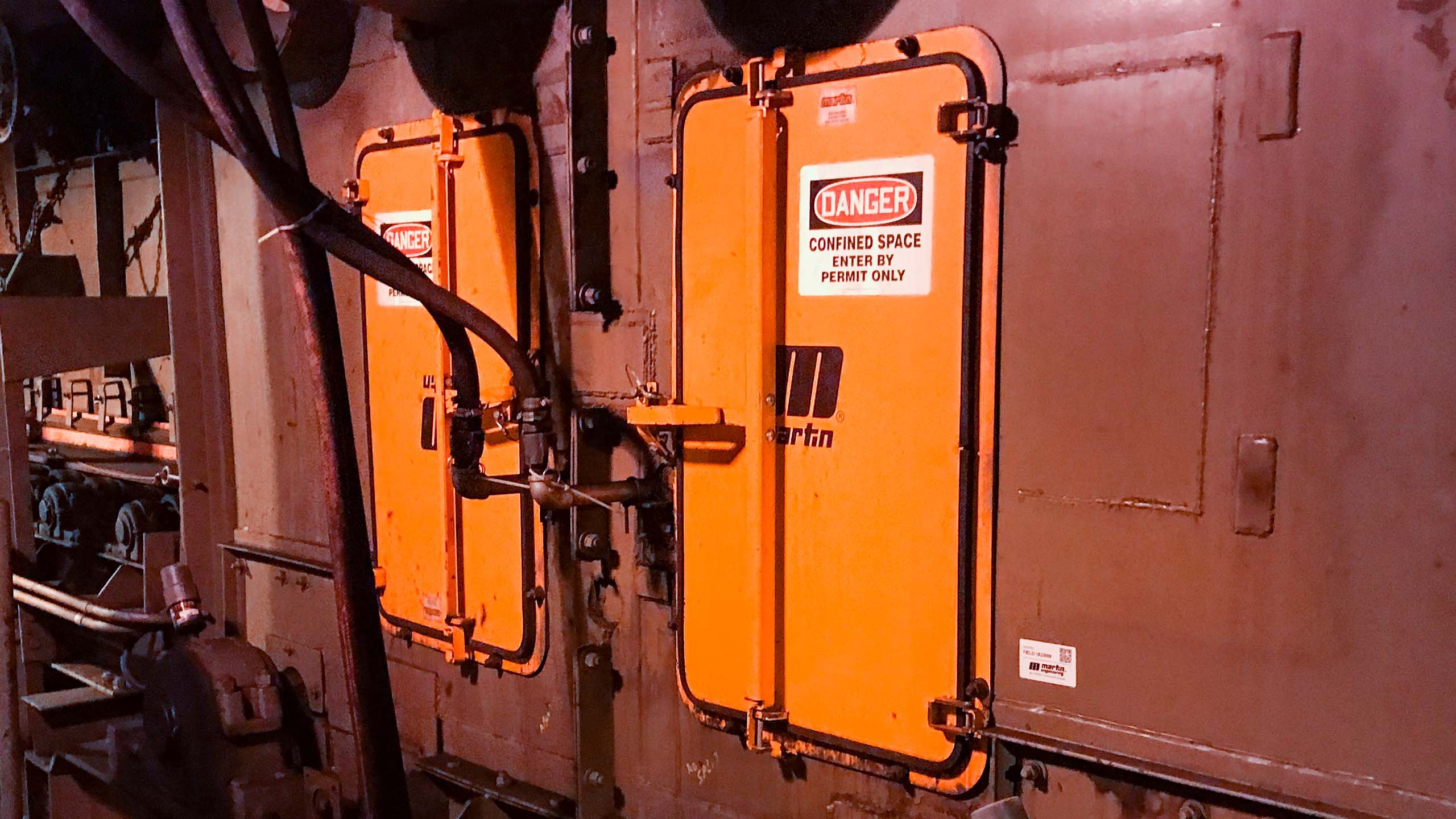Selecting a belt cleaner for a given application requires the assessment of a number of factors. The following is the basic information that a supplier would need in order to recommend a suitable belt-cleaning system:
Many factors need to be considered to select a belt cleaner for each application.
- Belt width and speed
- Width of the cargo on the belt
- Pulley diameter
- Material characteristics (including lump size, moisture content, temperature, abrasiveness and corrosiveness)
- Conveyor length
Conveyor length is a significant variable, as the undulating action of the belt as it moves over the idlers causes the fines to settle through the material and become compacted on the belt. On long overland conveyors, this effect can be significant. For this reason, longer conveyors are almost always harder to clean than shorter belts.
Short belts or belts that are allowed to run empty for long periods of time can suffer problems with the heat generated by the belt cleaner. A blade in contact with the belt will create heat due to the friction of the belt against the blade. Belts that are allowed to run for long periods without a cargo can cause heat to build up in the blade and the blade-holding mechanism, reducing blade-life or damaging the holder. If the belt is short, the top cover of the belt may not dissipate the heat and will degrade. A belt cleaner provided with high tension against the belt will aggravate this problem to the point in which the blade may stick to the belt when the belt stops.
Additional variables that may affect the ultimate performance of the selected system and so should be reviewed in the selection of a cleaning system include:
- Space available for installation and service
- The possibility of changes in material characteristics (e.g., from wet and sticky to dry and dusty)
- Severe temperature extremes
- Cuts, gouges, rips, or cracks in the belt surface from age or abuse
- Numerous, non-recessed, or damaged mechanical splices
- Belt vibration, from material buildup on head pulleys and other rolling components, making it difficult to keep a cleaner in contact with the belt
- Material that will adhere to or entangle the cleaning device
- Material accumulation in the dribble chute
Multiple belt cleaner systems take into consideration the dynamics of the surface of the belt and the nature of the material as it passes around the head pulley.
Other considerations in the development of a supplier proposal and the evaluation of that proposal include:
- Level of cleaning performance desired/required
- Level of maintenance required/available
- Level of installation expertise required/available
- Initial price versus cost of ownership
- Manufacturer’s record (including service capabilities and performance guarantees)
There are a number of “shortcuts” available to help match a belt cleaning system to an application, including online selector systems that analyze material characteristics and conveyor specifications to provide a belt cleaner recommendation.





















Leave Comment